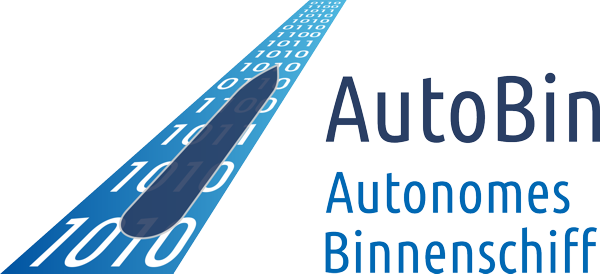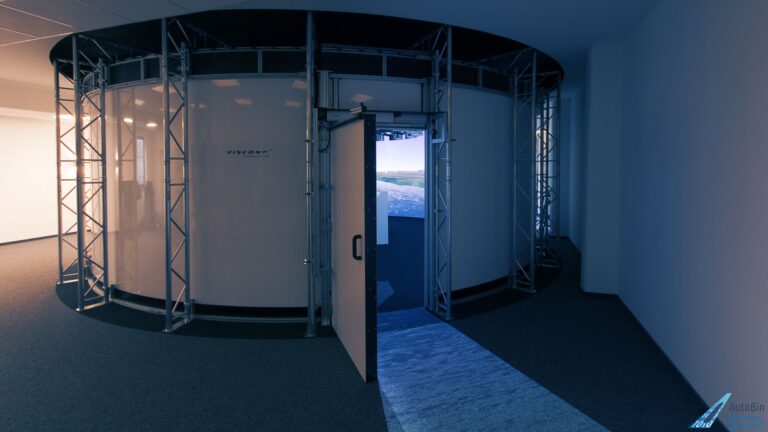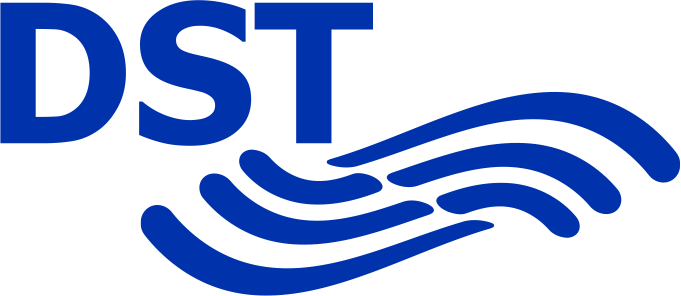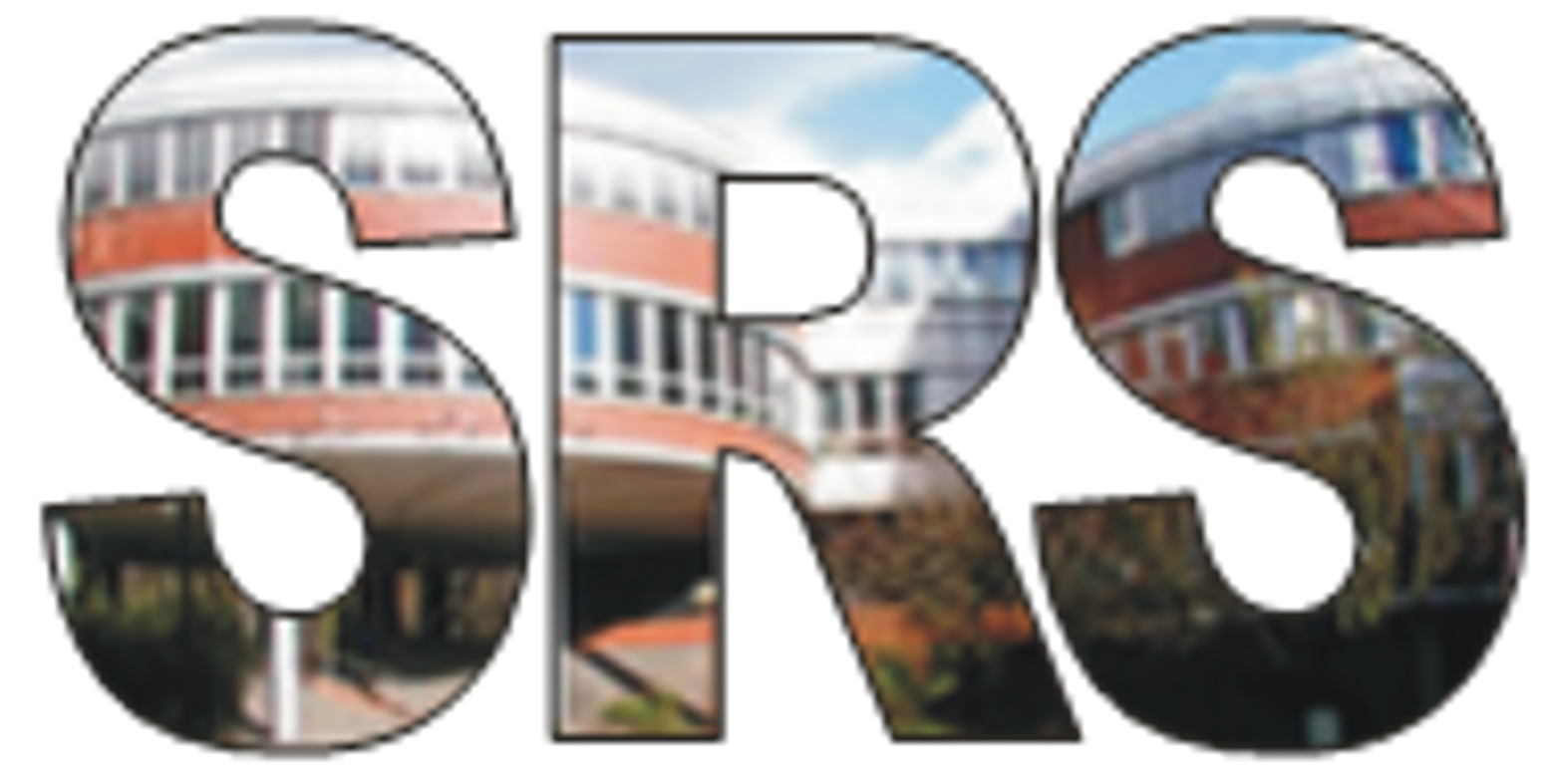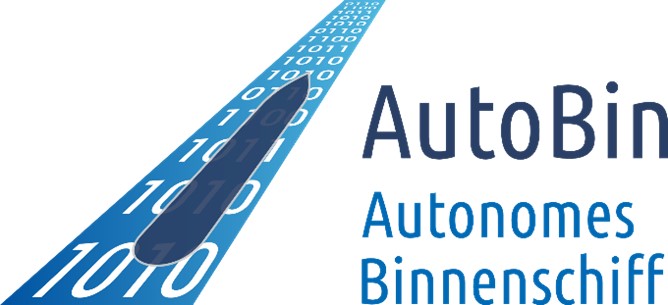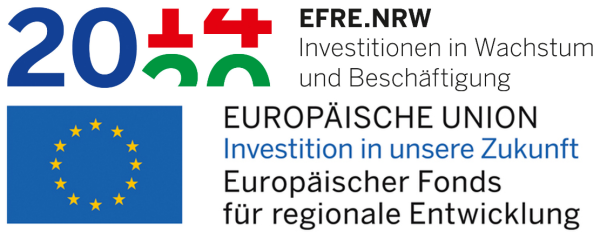1.3 Behavior of other Road Users
Collision avoidance includes the detection of roadway boundaries that are not always visible (structures in the water, shallow shore areas, etc.) and the detection of other road users and their movement behavior. The behavior of other road users must be continuously observed and continuously predicted. Especially in narrow channels without avoidance possibilities, a corresponding accuracy is required.
Based on simulation data (or, in the case of the real ship, via the visual sensor system), the recognition and identification of other road users is performed by object recognition and tracking algorithms. In the same way, the own behavior is monitored and predicted, also in order to establish a further level of protection in this way.
Based on the sensor information, classification methods are used in position and situation recognition as well as behavior generation, as well as for the recognition of other ships as well as other objects as well as their intention. The man-machine interface to be developed visualizes known position values of all traffic participants as well as the intended movements of the own and the precalculated movements of other ships.
